All products featured are independently chosen by us. However, SoundGuys may receive a commission on orders placed through its retail links. See our ethics statement.
Apple AirPods vs Samsung Galaxy Buds Live
Published onNovember 29, 2021
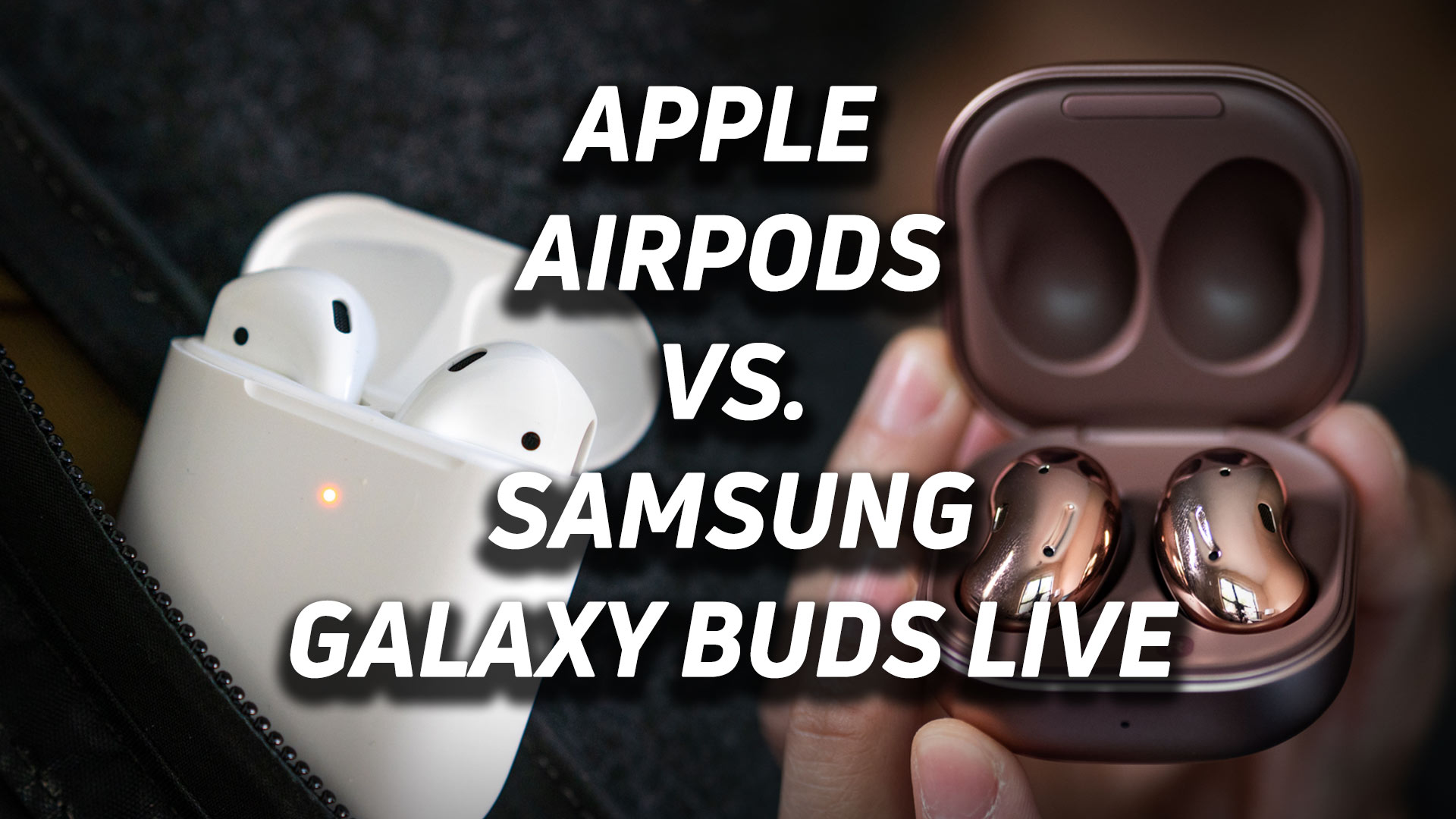
While criticisms over Apple’s AirPods (2nd generation) have been mixed, there’s no denying the consequential impact the buds have had on the true wireless earbuds market. Recently, however, Samsung has stepped up to the plate with its answer to the AirPods: beans—or as its buds are formally known as, the Samsung Galaxy Buds Live, which are in fact shaped like beans.
Equipped with comparable feature sets at a sub-$200 price, you may be wondering which is the better buy? In this Apple AirPods vs Samsung Galaxy Buds Live article, we break down all the features each product offers to see which is worth your hard-earned cash.
Editor’s note: This article was updated on Nov 29, 2021, to include the AirPods (3rd generation) and Amazon Echo Buds (2nd Gen) as alternatives.
Apple AirPods (2nd generation) vs Samsung Galaxy Buds Live: Hardware and design
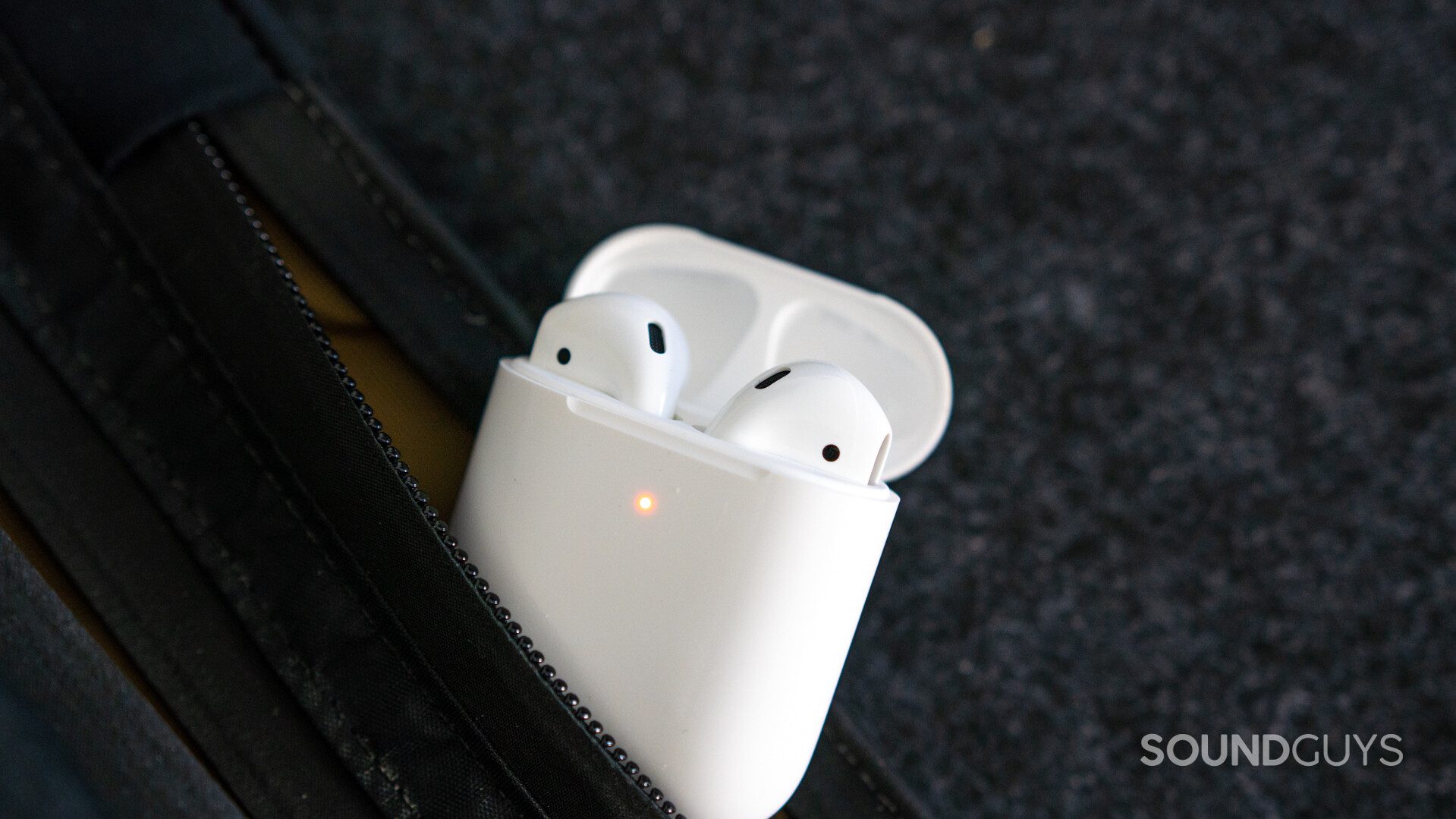
Since the release of the first AirPods, its minimalist design has become iconic among true wireless earbuds as it sports a sturdy, white plastic construction that extends down the length of its elongated stem where the microphone is housed.
With the Galaxy Buds Live, Samsung has opted for a unique, kidney-bean-inspired design. On the other hand, the design of the Galaxy Buds Live has caught the attention of the tech industry due to its unique kidney bean-shaped design, wrapped in a glossy bronze, black, or white veneer. Cooking-related jokes aside, this unique approach to earbud construction allows the Galaxy Bud Live to sit inside your ear, rather than stick out like the AirPods.
Neither earbud provides an adequate seal
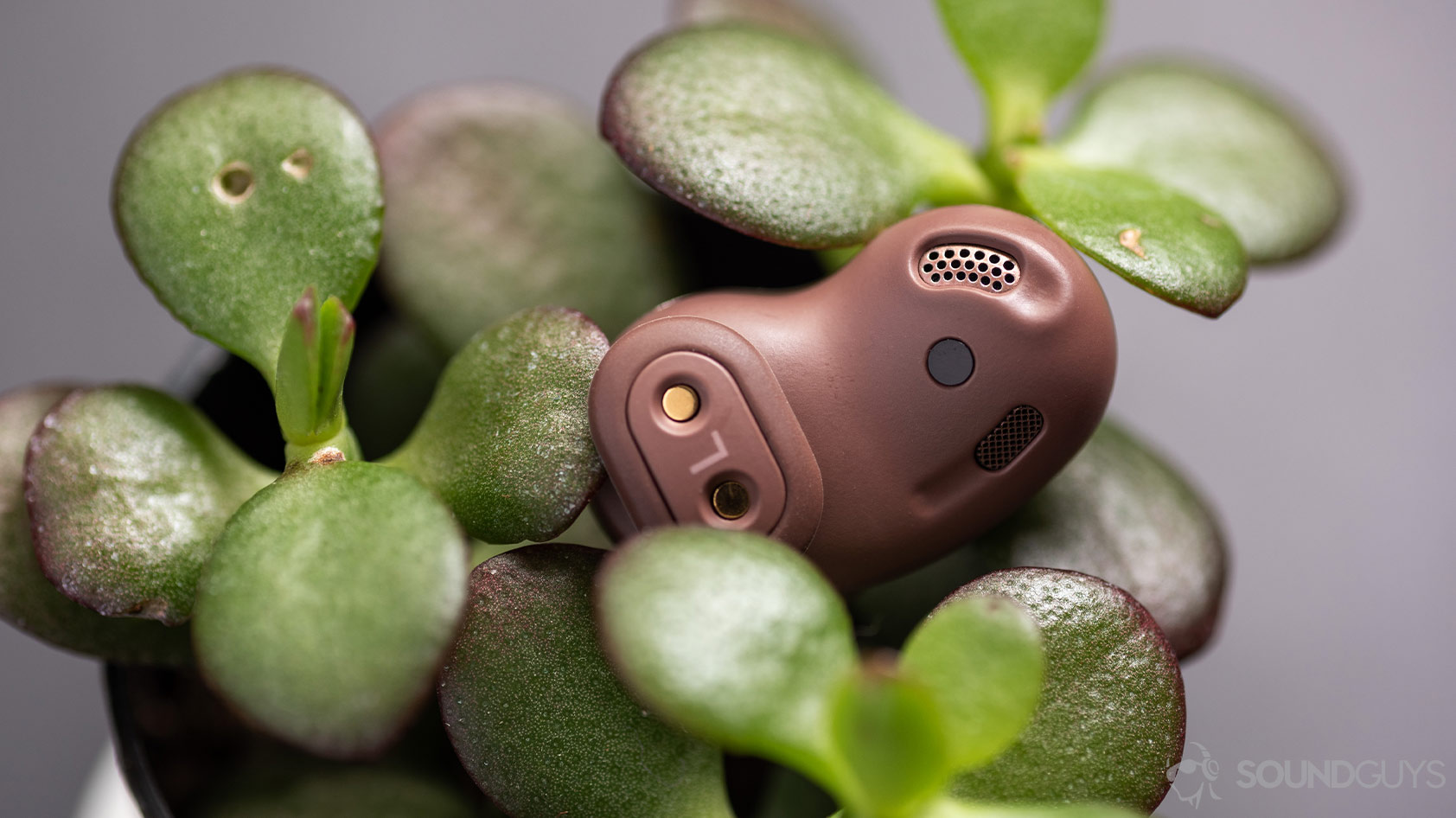
It’s worth noting that both earbuds forgo the use of ear tips, in favor of a one-size-fits-all design. This unfortunately leads to an inadequate seal, allowing ambient noise to interfere with your music.
Learn more: How your in-ear fit matters a lot
The lack of a proper fit also means that your earbuds are likely to fall out of your ears. However, between the two earbuds in this comparison, the Galaxy Buds Live does a better job of staying in your, even during light exercise. This is in contrast to the AirPods, where its stem sticks out and can be accidentally knocked out of your ears, or when toweling off from a long workout.
Onboard controls
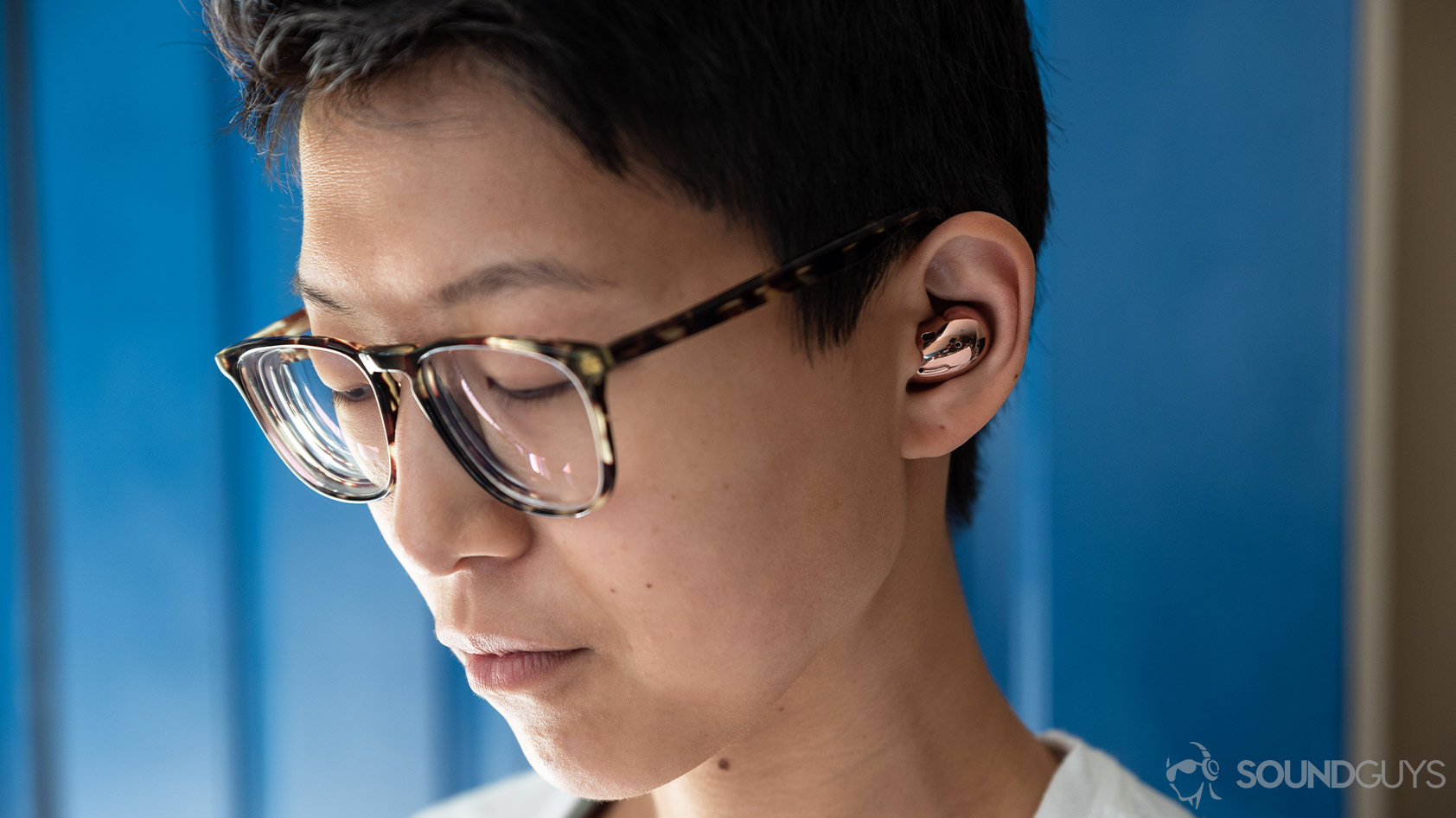
Both earbuds feature touch sensors, allowing you to control playback directly from your earbuds. However, the AirPods lack any on-device volume adjustments, forcing you to use Siri to control your volume. Meanwhile, the Galaxy Buds Live afford more onboard controls, including volume adjustments and a toggle for active noise canceling (ANC). You may also customize the controls in the Galaxy Wearable app; this is true for Android or iOS, whereas only iPhone users may remap the AirPods’ controls.
The AirPods and Galaxy Buds Live also feature automatic ear detection. The AirPods’ implementation of this is more versatile: media playback automitically pauses when one bud is removed, and automatically resumes when reinserted. The Galaxy Buds Live require you to remove both earbuds at once for auto-pause functionality, and you must tap either touchpad to resume playback. Apple’s implementation of the feature seems to work more consistently than the Galaxy Buds Live, though this could always be improved with future firmware updates.
Charging cases
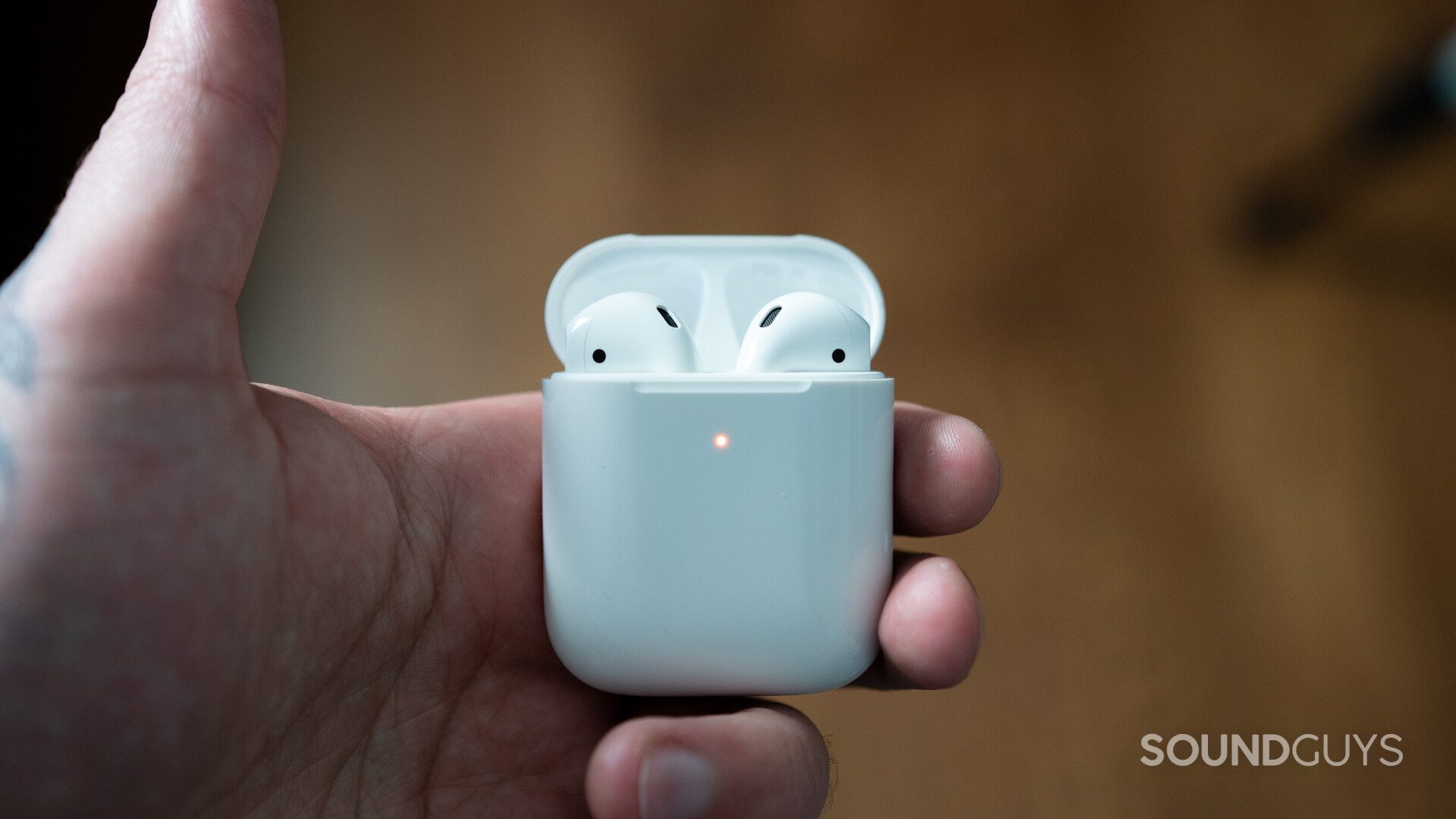
The charging case of the AirPods and Galaxy Buds Live are comparable in regards to build quality and functionality. Samsung opted for a jewelry box-inspired case while Apple sticks to its minimalist design language: a clean, Tic-Tac-inspired case with rounded corners. Both cases are built with a hard plastic that is guaranteed to protect your precious earbuds, giving you peace of mind.
Both cases also feature magnets that allow you to securely insert your earbuds, without the risk of having them fall out when holding the case upside-down. However, because you lay the Galaxy Buds Live flat in the case, as opposed to the vertical placement of the AirPods, you may find yourself having to fiddle with the positioning of the Galaxy Buds Live to ensure that the metal charging contact points are aligned.
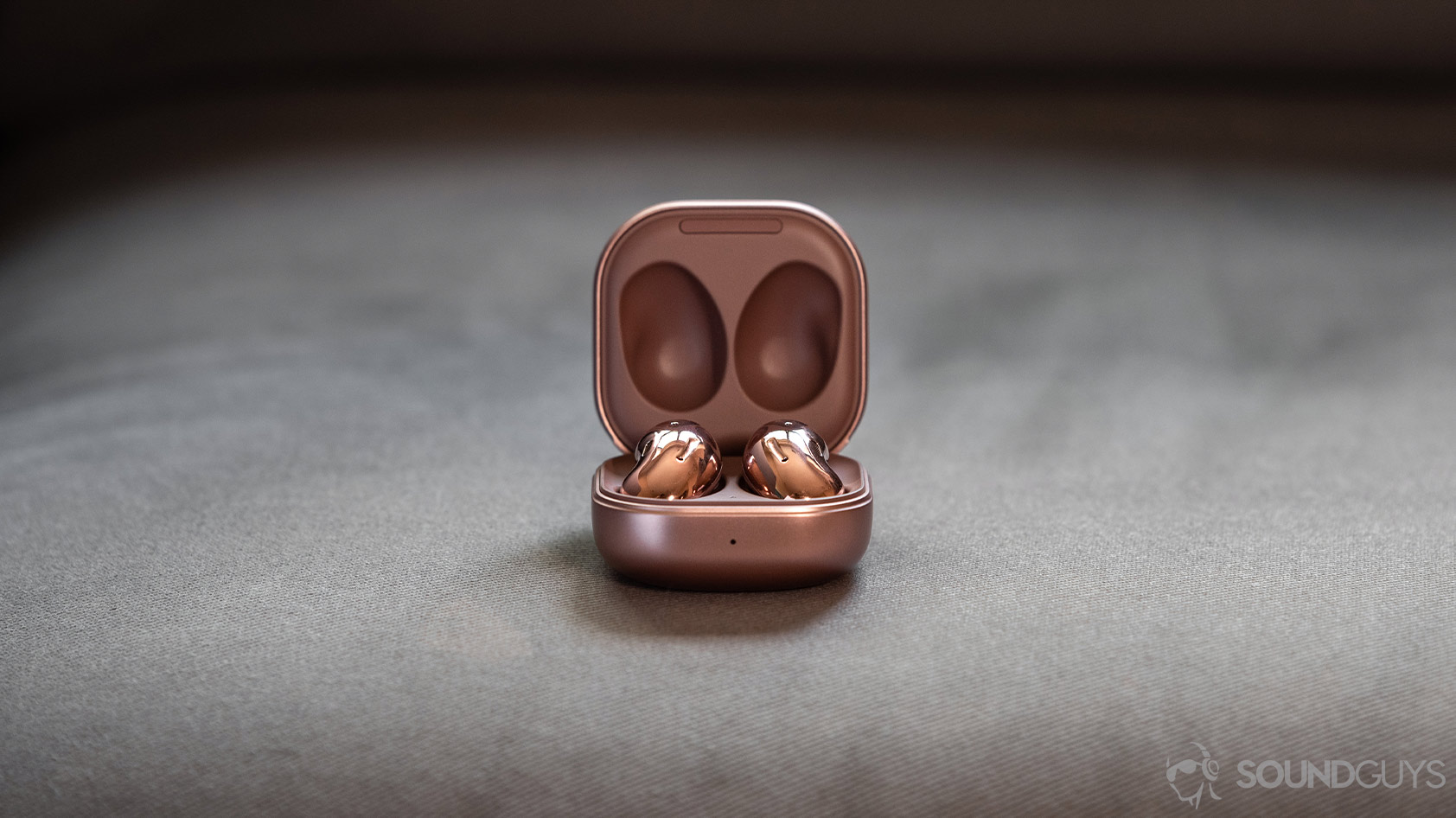
One notable advantage of the Galaxy Buds Live is that its case supports Qi-wireless charging, which can even be charged using the Wireless PowerShare feature on Samsung Galaxy smartphones. Apple does sell a Qi-wireless charging case for the AirPods, though that will run you an extra $70.
These may not be your next workout earbuds
If you’re thinking of using either of these earbuds for your next gym session, think again. The AirPods feature no water or dust resistance, which is quite concerning since many people are seen using the AirPods at the gym. Meanwhile, the Galaxy Buds Live has an IPX2 rating, which is good enough for a run, but not for an intense 45-minute training session. If you’re looking for a pair of workout earbuds that are guaranteed to last, make sure to invest in a pair that has an IP rating of IPX4 or higher.
Is the Apple AirPods (2nd generation) software better than the Samsung Galaxy Buds Live?
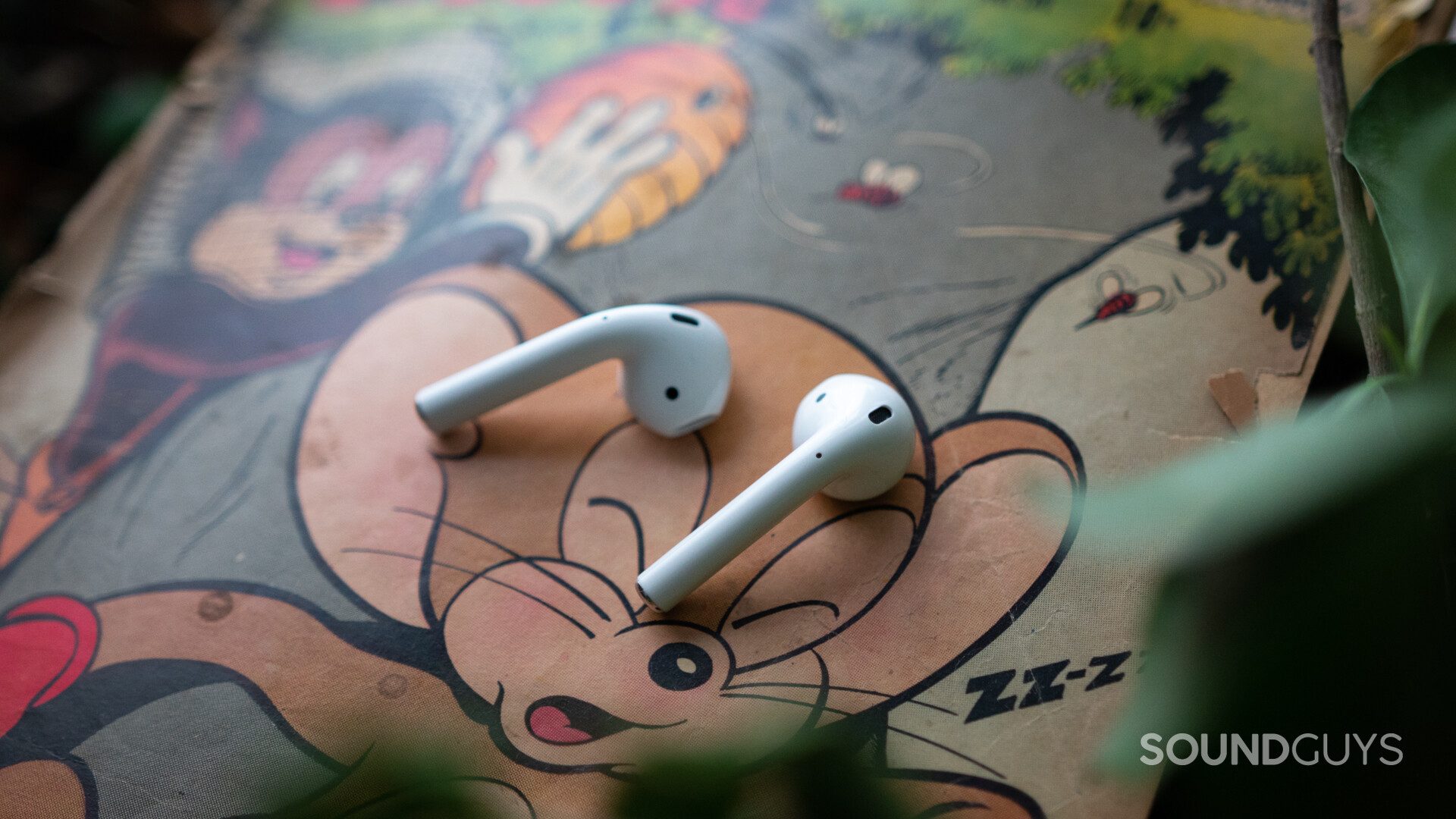
With the AirPods, Apple has never wavered from its walled garden, limiting the complete AirPods experience to iOS devices. While it’s possible to connect the AirPods to an Android device, like any other pair of Bluetooth earbuds, you won’t be able to access key features like touch control remapping or firmware updates. iOS 14 has also introduced some new features to the AirPods, including volume monitoring to indicate hearing health, low battery notifications, and automatic device switching—all exclusive to iOS.
On the other hand, the Galaxy Buds Live is compatible with both iOS and Android, with no major feature limitations on either platform. The earbuds are managed through the Samsung Galaxy Wearable (Android) or Samsung Galaxy Buds app (iOS). Inside the app, you have access to features including EQ presets, firmware updates, touch control remapping, notifications, and voice assistant controls.
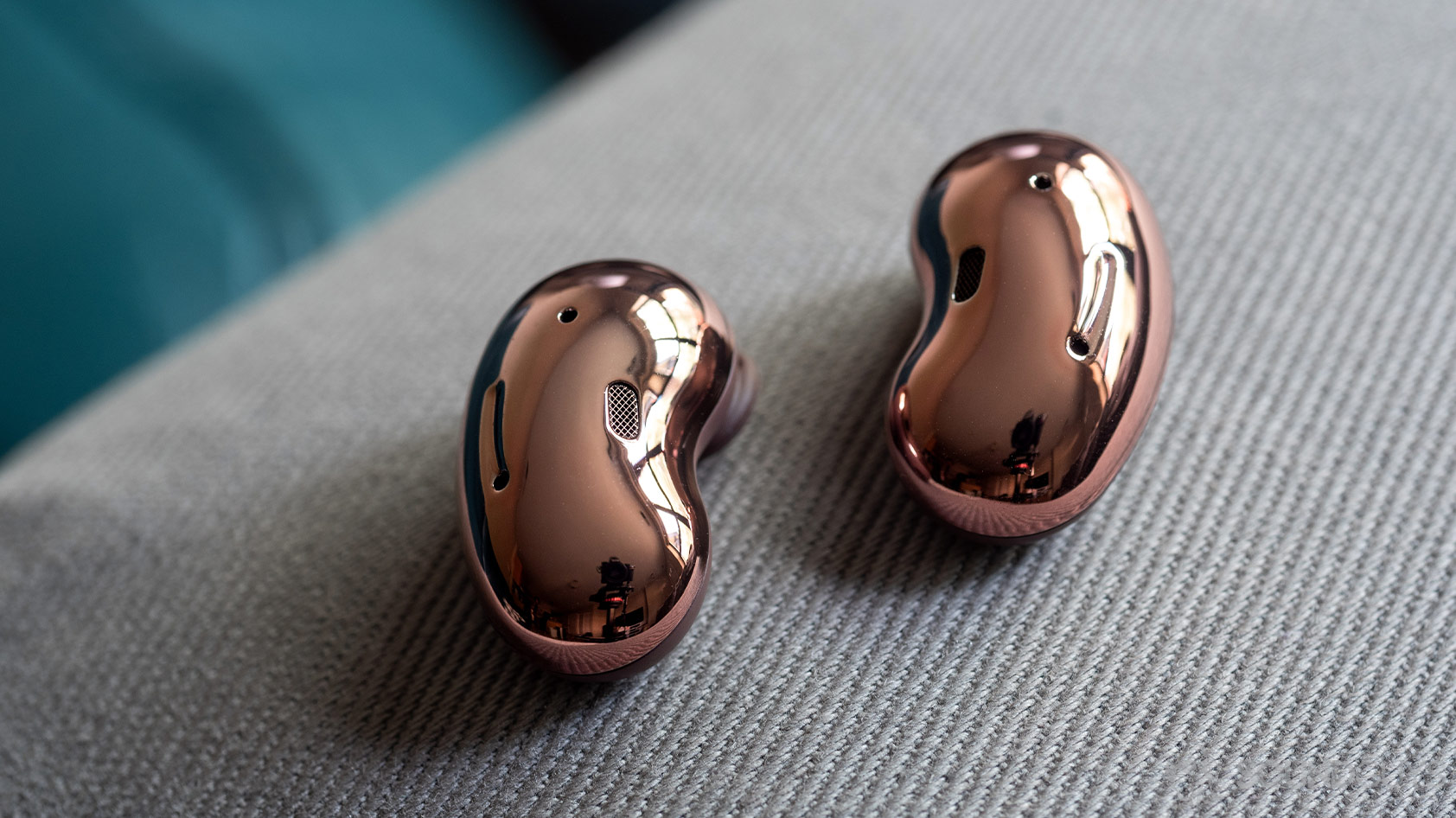
The app also includes access to Galaxy Labs, which allows you to enable experimental features such as Gaming Mode for minimal audio-video lag—perfect for gaming and video streaming. Galaxy Labs provides users with an interactive sneak peek into potential software updates that could be made available for products like the Galaxy Buds Live.
With the Galaxy Buds Live, there are some device-specific features to be aware of. For starters, direct Spotify access and notification readouts are only available on Android devices. In addition, hands-free access to the Bixby voice assistant is exclusive to Samsung Galaxy devices.
What Bluetooth codecs do the AirPods (2nd gen) and Samsung Galaxy Buds Live support?
![Apple Airpods[5] An aerial image of the Airpods charging case with an all black background for a comparison in the Apple AirPods vs Samsung Galaxy Buds Live breakdown.](https://www.soundguys.com/wp-content/uploads/2017/01/Apple-Airpods5-e1597329993680.jpg)
The AirPods (2nd gen) supports just the SBC and AAC Bluetooth codecs, while the Galaxy Buds Live supports SBC, AAC, and the Samsung Scalable Codec (similar to aptX Adaptive). The proprietary Samsung codec adjusts the stream quality between 96-512kbps, leading to few or no connection dropouts.
Connecting either pair of buds to its respective hardware is seamless. The AirPods uses Apple’s proprietary H1 chip. To connect to the AirPods on an iOS device, all you need to do is open the lid of the charging case next to your device. After a few seconds, a card will appear on your device’s screen, prompting you to connect to the AirPods. Once connected, you get a listening experience with a strong and stable connection with little to no audio lag or cutouts. If you’re an Android user, the connection process for the AirPods works like any other pair of Bluetooth earbuds. Open the lid of the charging case and hold down the button on the back of the charging case to enter pairing mode. Afterward, tap on your AirPods in your list of available devices to connect.
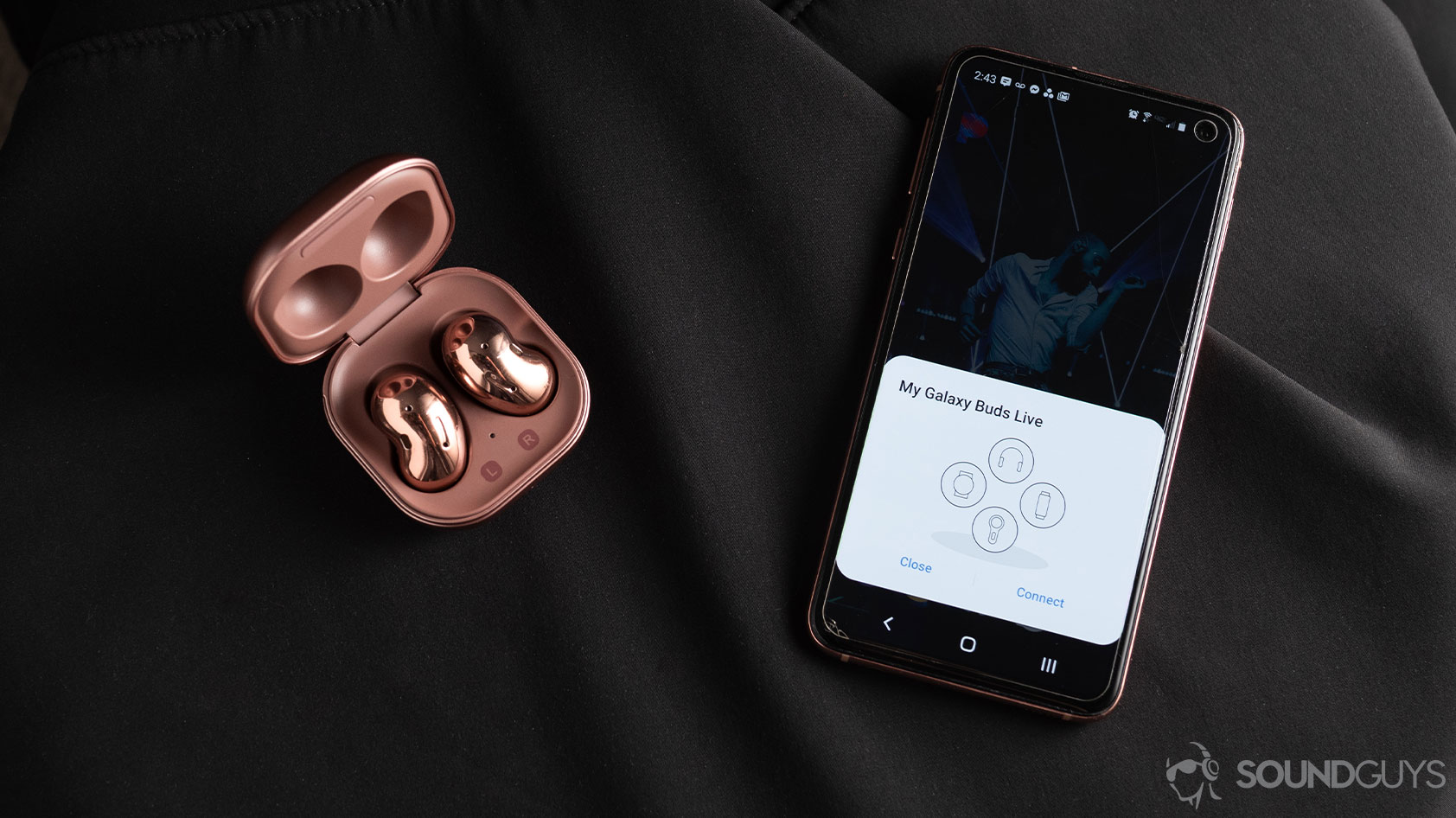
With the Galaxy Buds Live, Samsung is taking Apple head-on when it comes to connection quality and codec support. For starters, the Galaxy Buds Live features a fast pairing process with devices running Android 5.0 and later—similar to Apple’s process. To connect, enable Bluetooth on your smartphone and open the charging case of the Galaxy Buds Live. After a few seconds, a pop-up card which will allow you to connect with the tap of a button. To connect to an iOS device, simply open the charging case and select “Galaxy Buds Live” from the Bluetooth menu. You should be paired with your earbuds in a matter of seconds.
Dive in: Understanding Bluetooth codecs
Will the Samsung Galaxy Buds Live block out more noise than the Apple AirPods (2nd generation)?
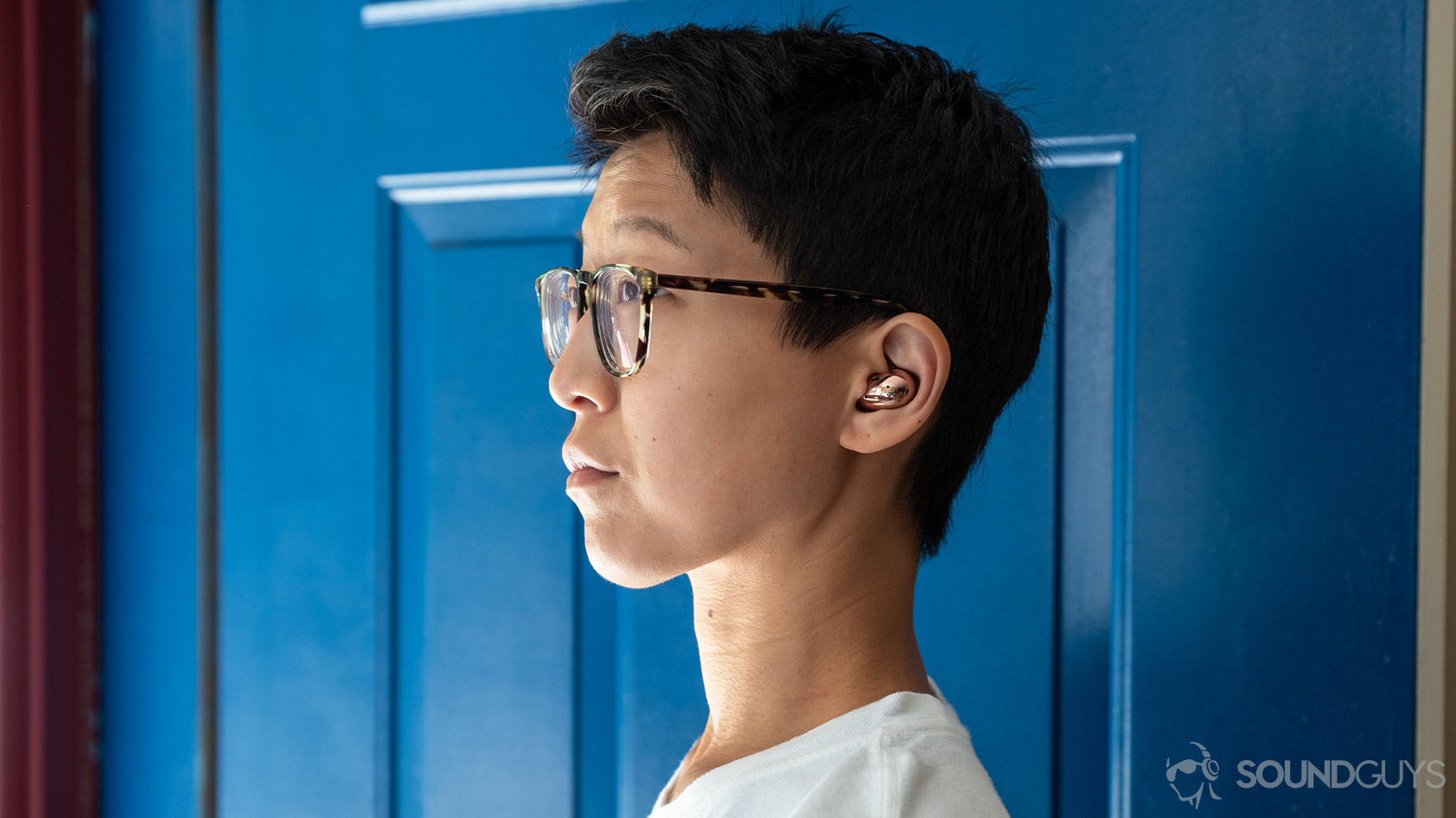
One of the hallmark qualities of a good pair of true wireless earbuds is isolation. If your earbuds are designed to create a good seal with your ears, you can expect an enjoyable music listening experience with little to no distractions from ambient noise. Unfortunately, as we’ve already mentioned, both these earbuds miss the mark when it comes to isolation.
Because of the one-size-fits-all design of the AirPods and Galaxy Buds Live, noise such as light winds, cars passing by, and people conversing behind you can easily drown out your music. If you’re indoors in a quiet space, background noise may not be much of an issue. However, if you’re outdoors or in some other loud environment, such as in an airplane cabin, you’ll notice a reduced presence in the sound of vocals or instruments due to auditory masking.
While the AirPods may succumb to the effects of inadequate isolation, the one redeeming factor of the Galaxy Buds Live is its inclusion of active noise cancellation. While it doesn’t hold a candle to the performance of higher-end noise canceling true wireless earbuds, such as the Sony WF-1000XM4, the Galaxy Buds Live attenuates low-frequency ambient noise, though to what degree depends on how well the earbuds fit.
Does the AirPods (2nd generation) sound better than the Samsung Galaxy Buds Live?
Both the Samsung Galaxy Buds Live and AirPods have a consumer-friendly sound signature. Let’s start with the AirPods: as you can see in the frequency response chart below, it emphasizes low notes. Again, this is necessary because the unsealed fit creates the perfect environment for external noise to mask the sounds of your music. If you listen to the AirPods (2nd gen) in a quiet space, it will sound quite good with most popular music genres, but the moment you step onto a crowded sidewalk, the detail from your music will seemingly disappear.
With the Galaxy Buds Live, its sound quality is comparable to the AirPods. Though the Galaxy Buds Live suffers from the same isolation issues as the AirPods, the inclusion of active noise canceling makes it easier to hear low notes as their tuned to sound. The Galaxy Buds Live has a nice bass bump relative to the mids, and this, combined with the boosted treble, makes for a consumer-friendly sound profile. Listeners who want something with a bit more bass or treble can always use the Galaxy Wearable app and choose from the EQ presets.
Related: How to read charts
Is the AirPods (2nd generation) or Samsung Galaxy Buds Live best for phone calls?
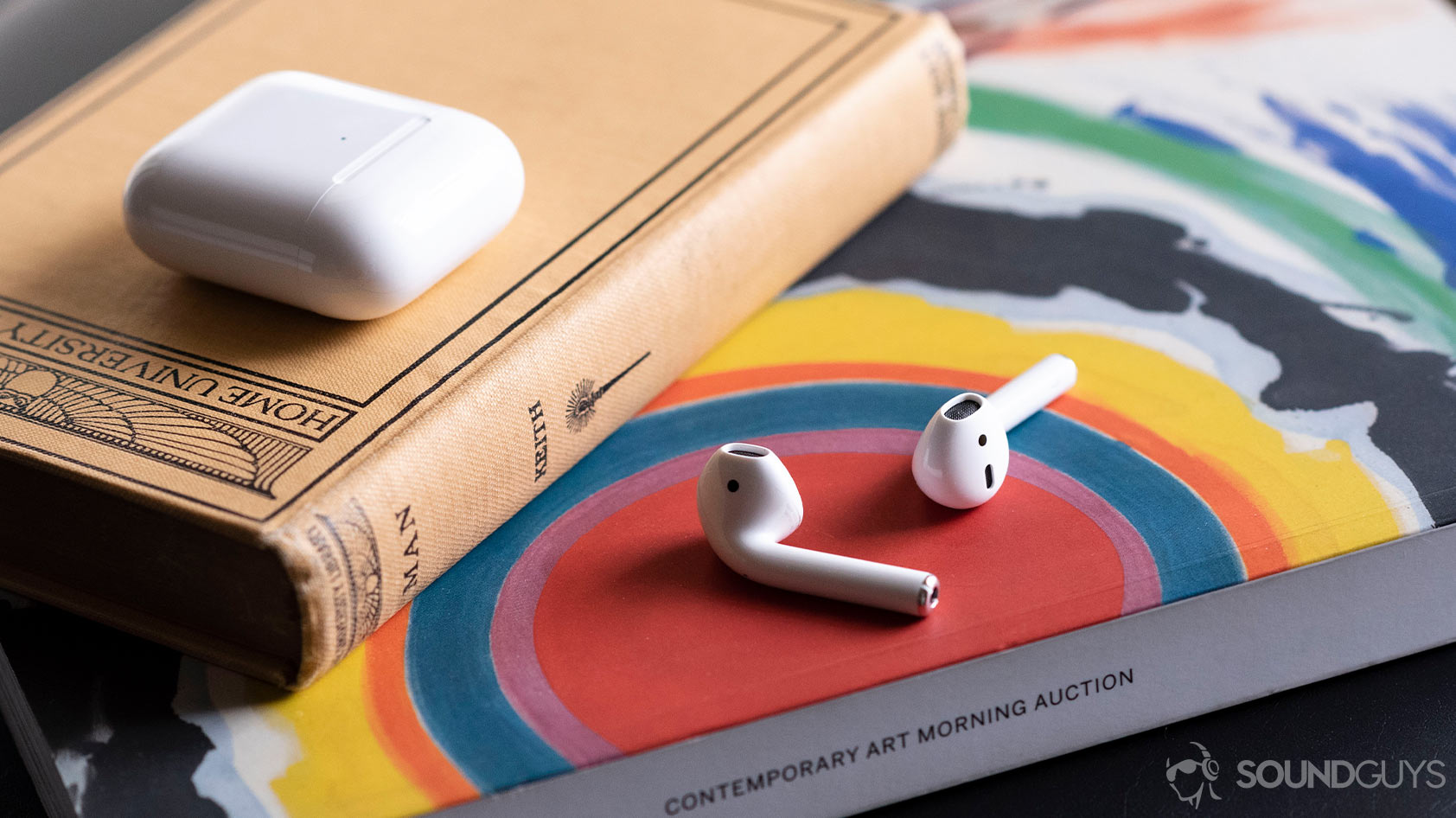
One of the most notable features of the AirPods is its microphone quality when compared to other true wireless earbuds, though this is depending on using it with an iOS device. The dual beamforming mics clearly capture voices of virtually any pitch, ensuring that the receiver of your call can actually hear you.
Meanwhile, the Galaxy Buds Live has arguably a very good mic system and is one of the best out of the Galaxy Buds line. Each earbud is equipped with a three-mic array that combines beamforming and bone conduction technology to provide clear audio, all while doing a good job rejecting background noise.
AirPods microphone demo
Samsung Galaxy Buds Live microphone demo
Which microphone do you think sound better?
Does the Apple AirPods or Samsung Galaxy Buds Live have better battery life?
As a general rule true wireless battery life isn’t great, but there’s a clear winner when pitting the Apple AirPods vs Samsung Galaxy Buds Live. To test the battery life of true wireless earbuds, each product is subjected to a constant 75dB(SPL) output until battery depletion.
Between the two earbuds, the Samsung Galaxy Buds came out on top with a tested battery life of 5 hours, 15 minutes with ANC enabled. Without ANC, you get an extended playback time of up to 8 hours, which is closer to the battery life of wireless earbuds (or neckbuds). The charging case stores 21 hours worth of battery, with 5 minutes of charging in the case resulting in an hour of playback time.
The AirPods, on the other hand, lasted 4 hours, 7 minutes when using an iOS device. On Android, playback time was reduced to 3 hours, 29 minutes. However, the charging case of the AirPods can store up to 24 hours worth of battery, with 15 minutes of charging in the case providing you with 3 hours of listening time.
Apple AirPods vs Samsung Galaxy Buds Live: What should you buy?
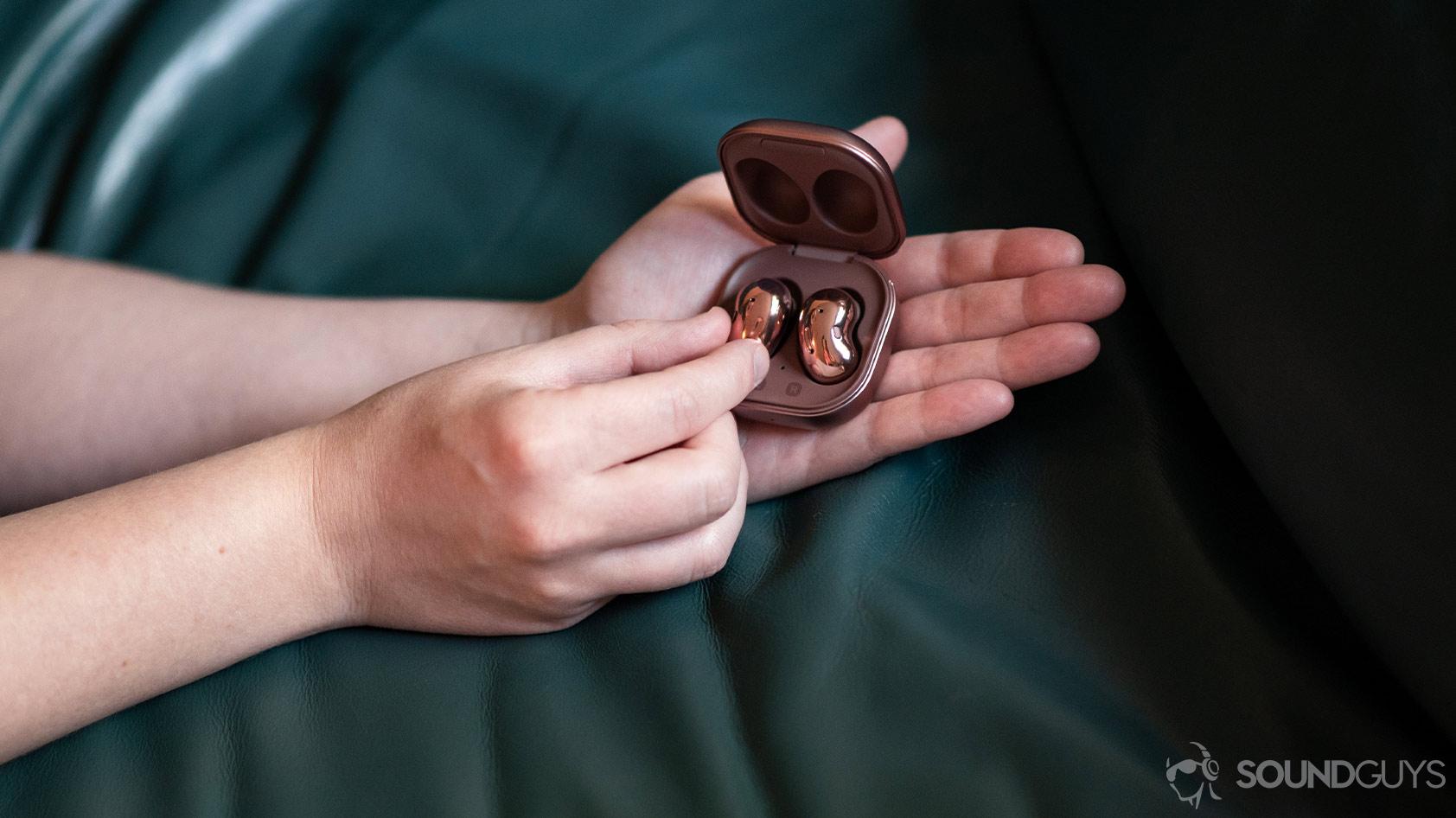
We’re handing this win to the Samsung Galaxy Buds Live. Samsung’s offering is an overall better product than the AirPods, equipped with features that make using the product a seamless experience, regardless of your platform of choice.
While the Galaxy Buds Live suffers the same isolation issues as the AirPods, its inclusion of active noise canceling helps compensate for its inadequate fit. Moreover, the ability to control and customize the Galaxy Buds Live using Samsung’s app on iOS makes these earbuds ideal for even iPhone users. If you’re the proud owner of a Samsung Galaxy device, you enjoy additional benefits including hands-free access to Bixby and support for the Samsung Scalable Codec.
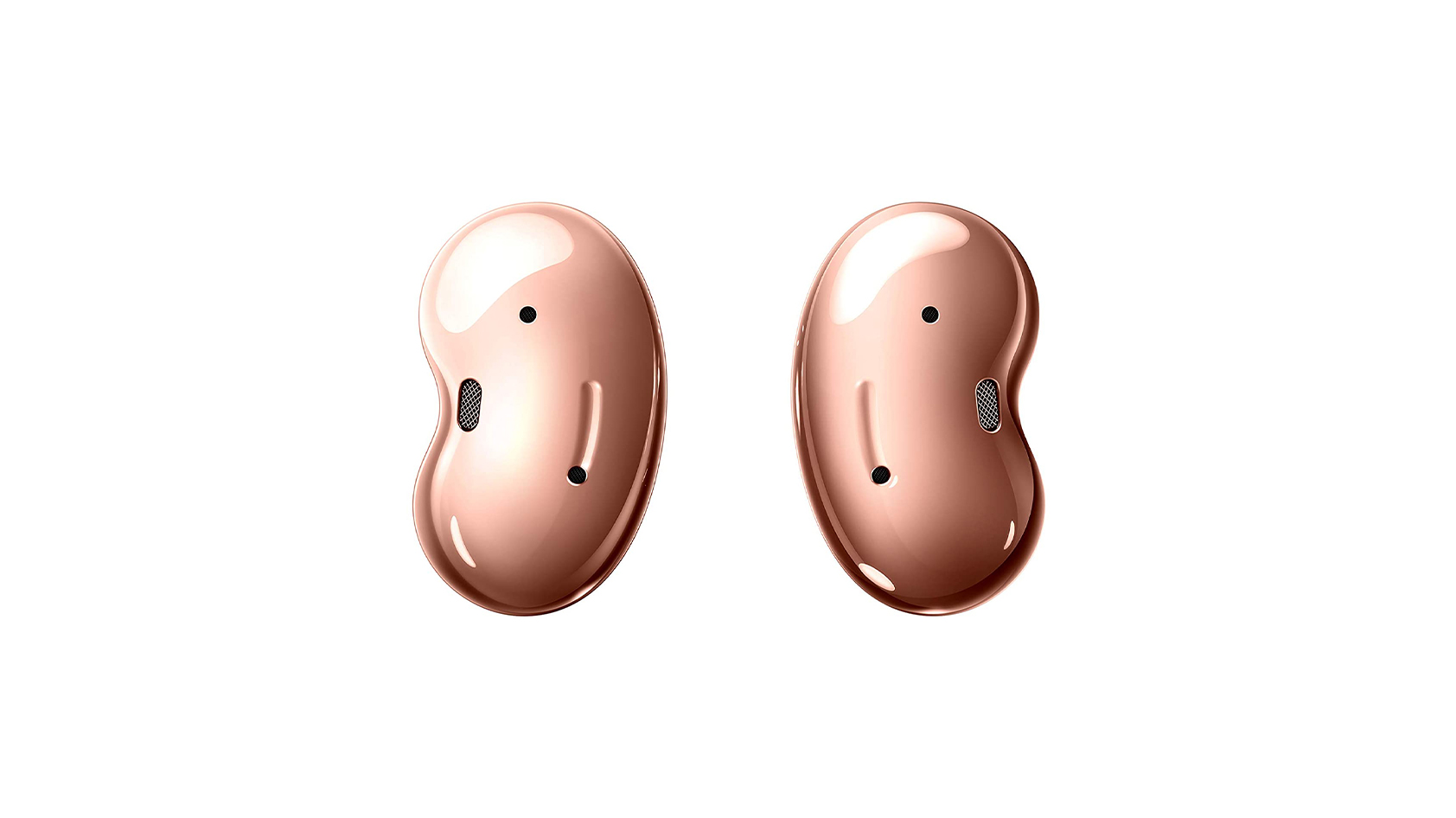
Despite its shortcomings, the AirPods (2nd generation) still present features that may entice users. For example, the pairing process and reliable connectivity offered by the H1 chip is still unmatched, even compared to the Samsung Galaxy Buds Live. If you already own an iOS device, you may be comfortable buying a pair of AirPods since you’re already familiar with Apple’s hardware and software integration.
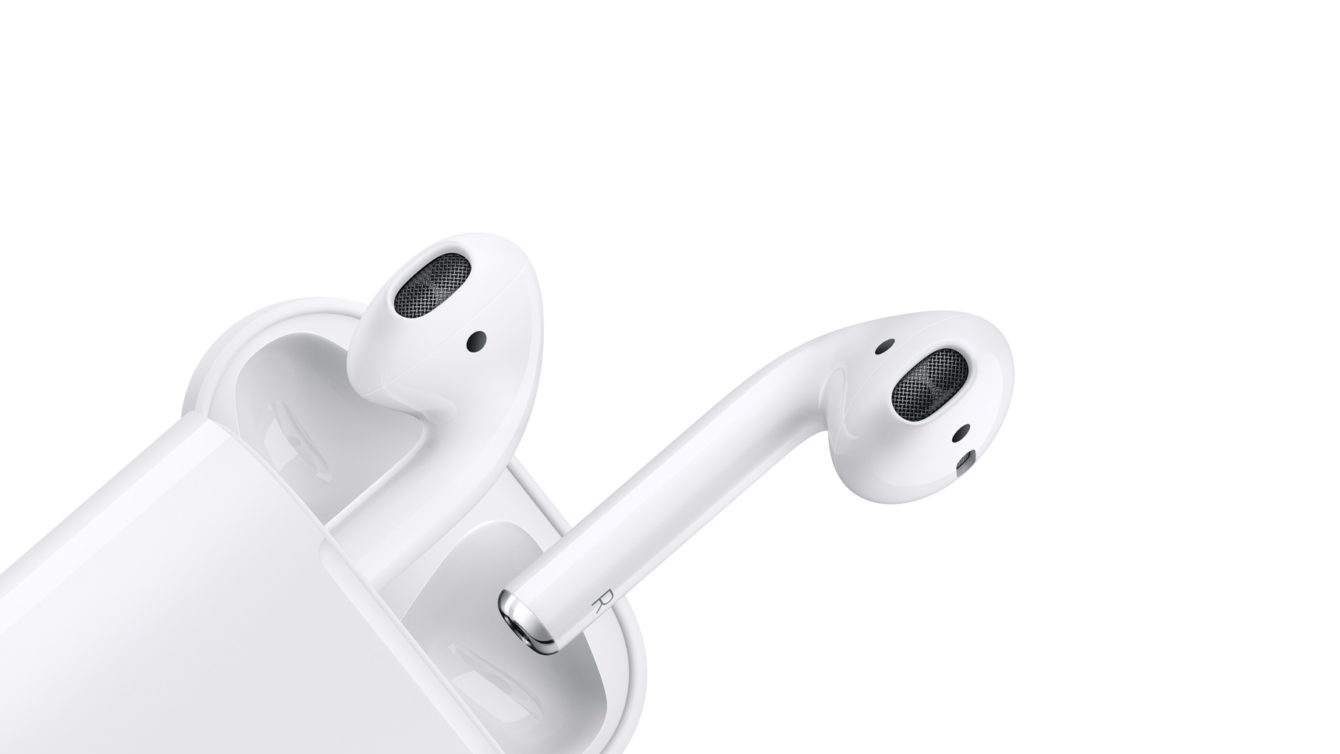
Is the AirPods (3rd generation) a meaningful upgrade?
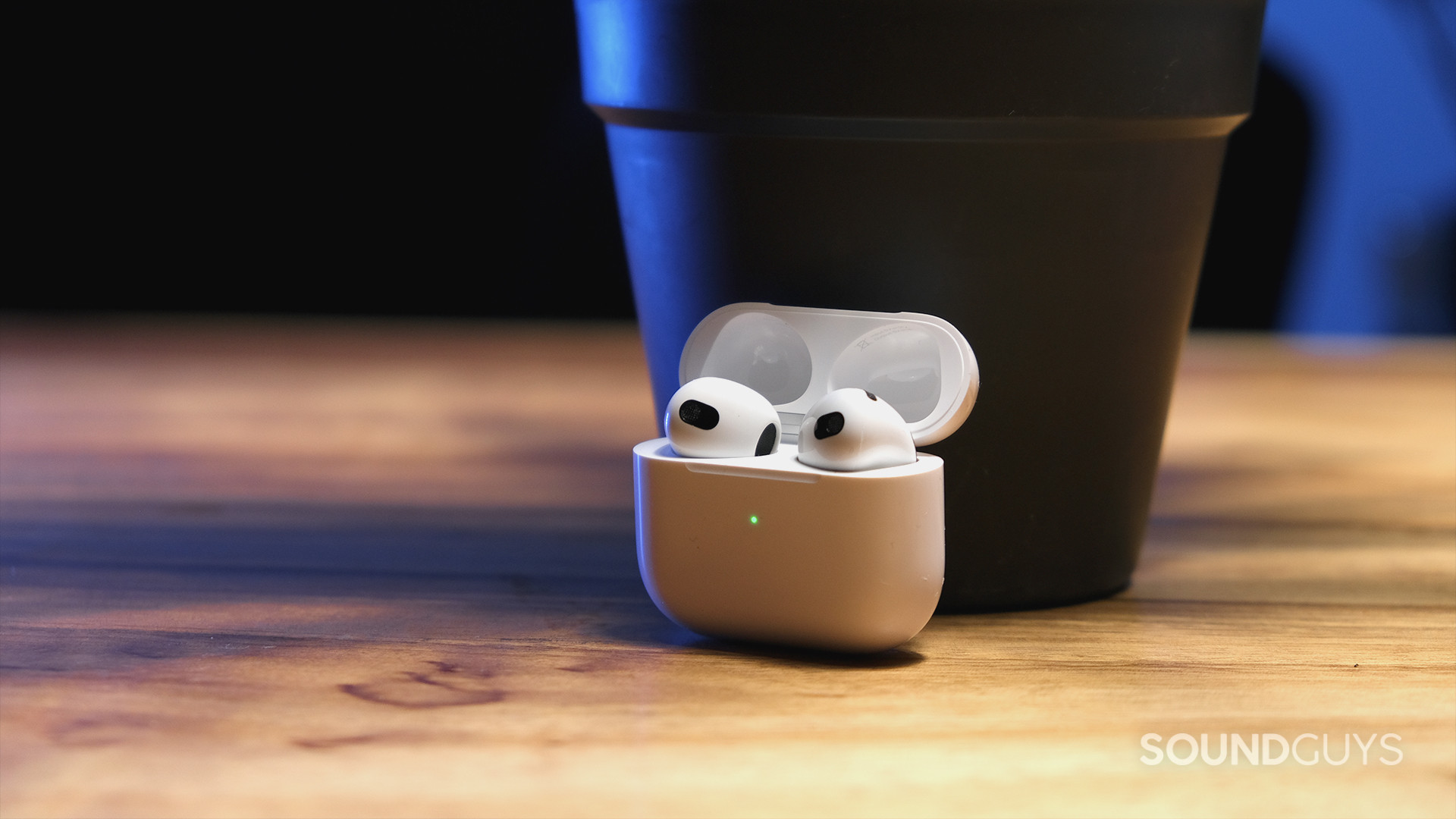
The Apple AirPods (3rd generation) offers some significant improvements over previous generations, but retains an unsealed fit. Spatial Audio support allows you to hear your favorite songs in a new way, while the force sensor allows you to control music with a squeeze. There’s also improved battery life and MagSafe charging support. With an IPX4 water-resistance rating, the newer AirPods are also a much better option for workout earbuds.
What about the Samsung Galaxy Buds Pro?
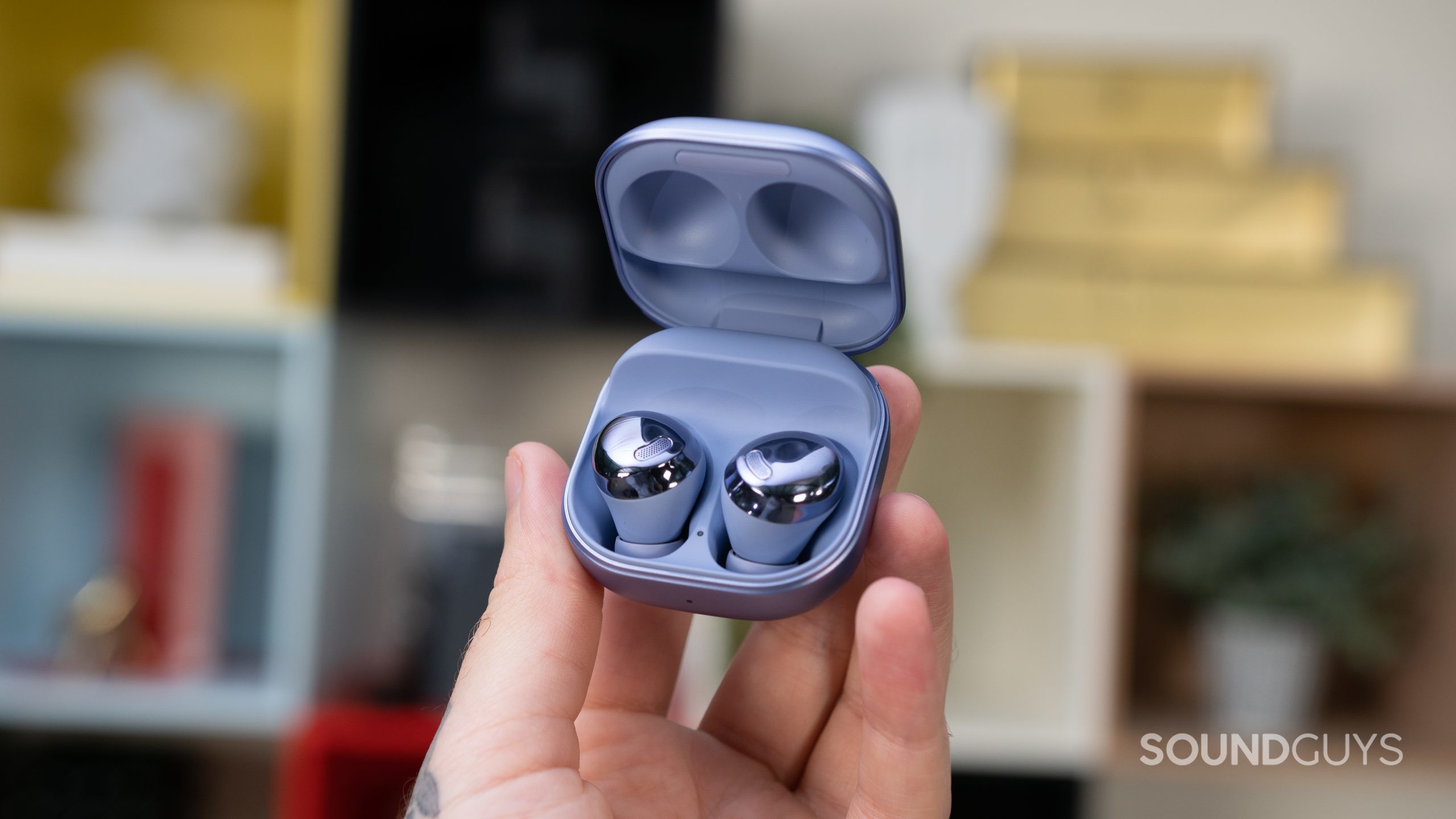
Earlier this year, Samsung announced their latest pair of true wireless earbuds: the Galaxy Buds Pro. Unlike the Galaxy Buds Live, these earbuds use ear tips to create aa proper seal, resulting in significantly improved isolation and noise canceling performance. It also boasts an IPX7 waterproof rating, good sound quality, a decent microphone, and 360 audio for Samsung Galaxy device owners. The Galaxy Buds Pro are currently priced at just under $200, which is roughly $60 more than the Galaxy Buds Live. However, the improved fit and isolation of Samsung’s latest may be enough to justify the extra cost.
Don’t want either set of earbuds? Consider these alternatives
If you’re looking to stay within the Apple ecosystem, consider the AirPods Pro vs. the Samsung Galaxy Buds Live, which features improved isolation thanks to its implementation of ear tips, in addition to active noise canceling. Noise canceling performance is much more effective with the AirPods Pro than with the Samsung Galaxy Buds Live, because the soft ear tips create a comfortable, stable seal to the ear canal. They’re also more water-resistant, and warranted an IPX4 rating (compared to the Galaxy Buds Live’s IPX2 rating).
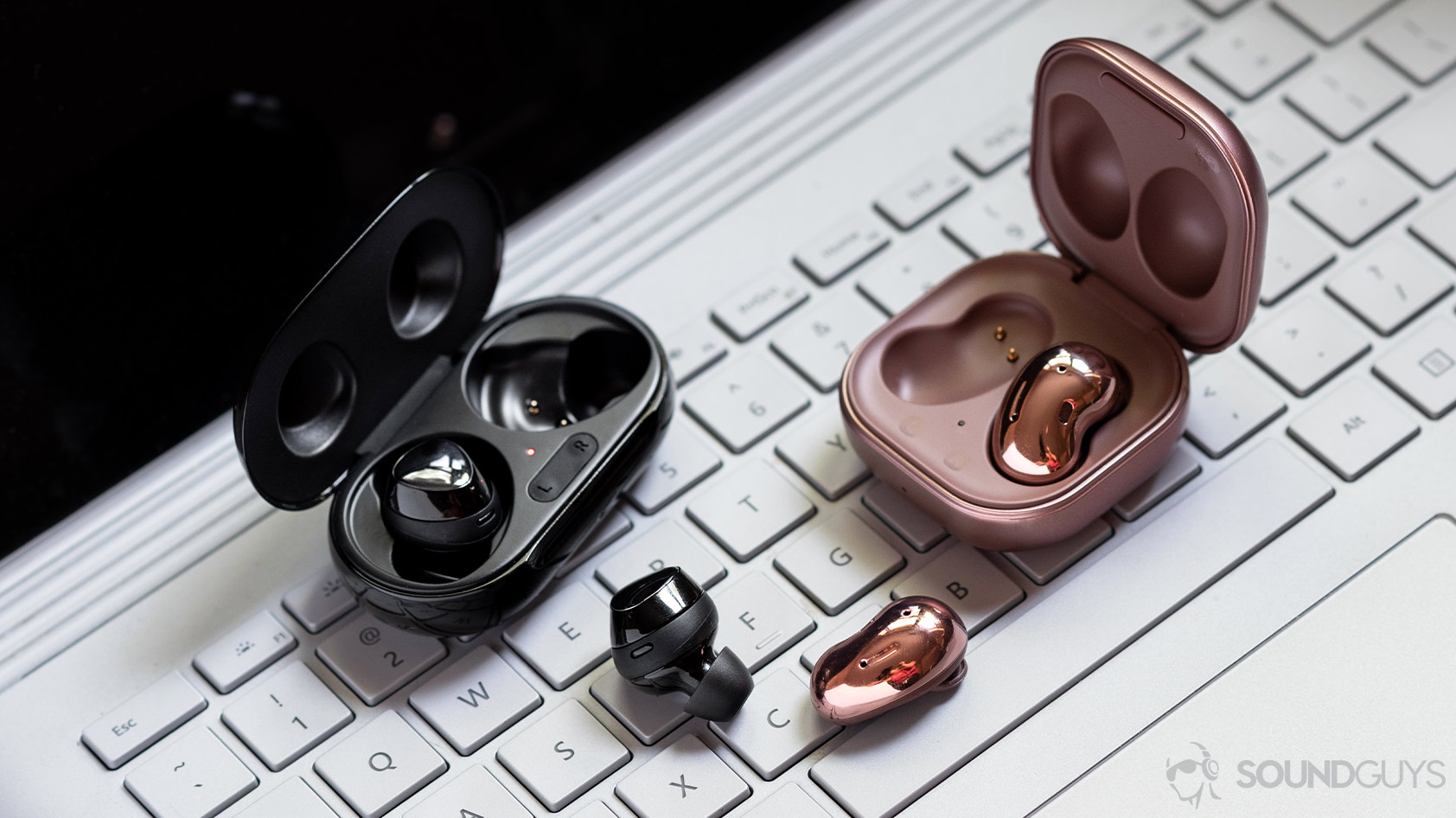
For Samsung users who’d rather avoid the bean-shaped design of the Galaxy Buds Live, take a look at the Samsung Galaxy Buds Plus vs. the Buds Live, sporting similar functionality and improved isolation, though lacking active noise canceling. You get virtually the same experience as far as software goes, including direct Spotify access and the ability to reassign touch controls. The Galaxy Buds Plus are some of the most comfortable earbuds around, and stay in thanks to the ear and wing tips. The Samsung Galaxy Buds 2 is another great alternative to the Buds Live. The Buds 2 combines the best features from Samsung’s Galaxy line of earphones with it’s very good ANC, compact wireless charging case, and advanced software features (Android only).
If Alexa is your assistant of choice, check out the Amazon Echo Buds (2nd Gen). These earbuds are packed full of useful features including ANC and an earbud fit test to ensure you get a much better seal than either the AirPods or Galaxy Buds Live.